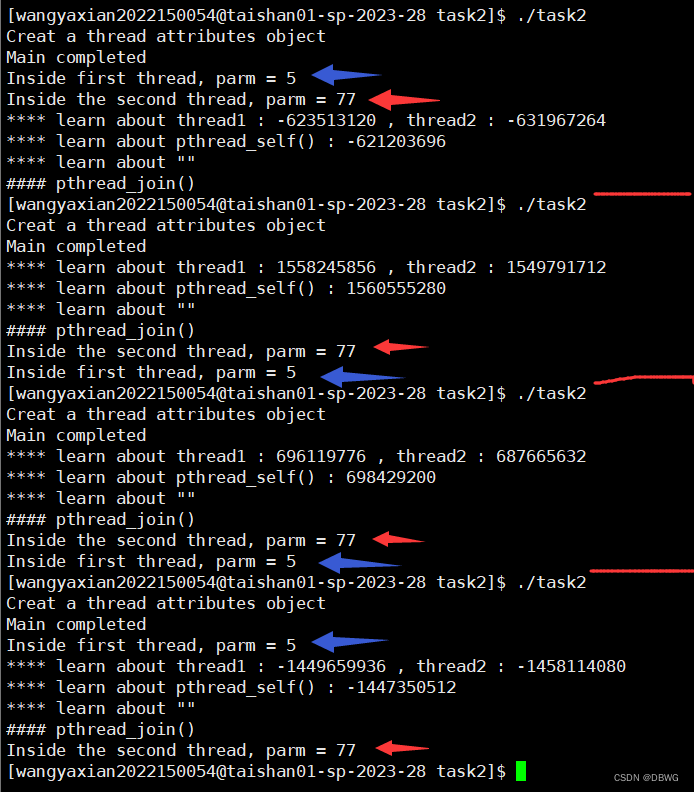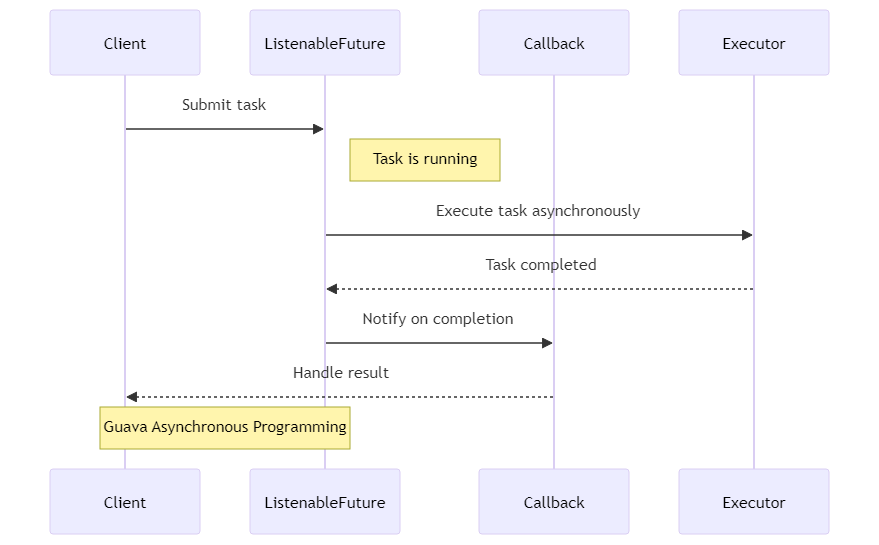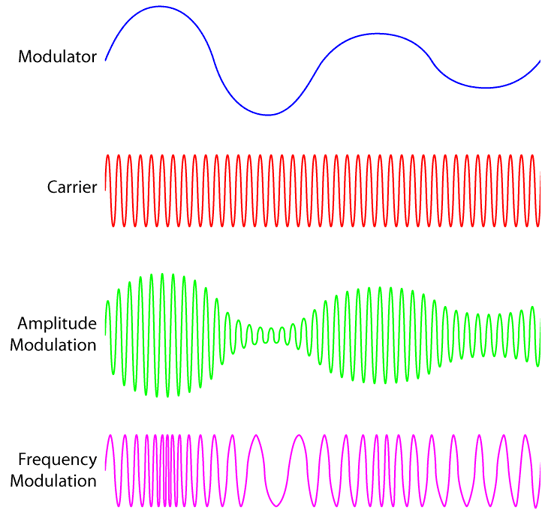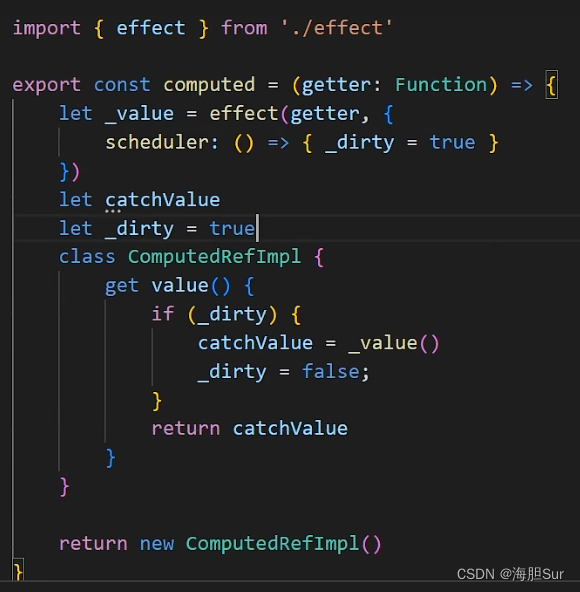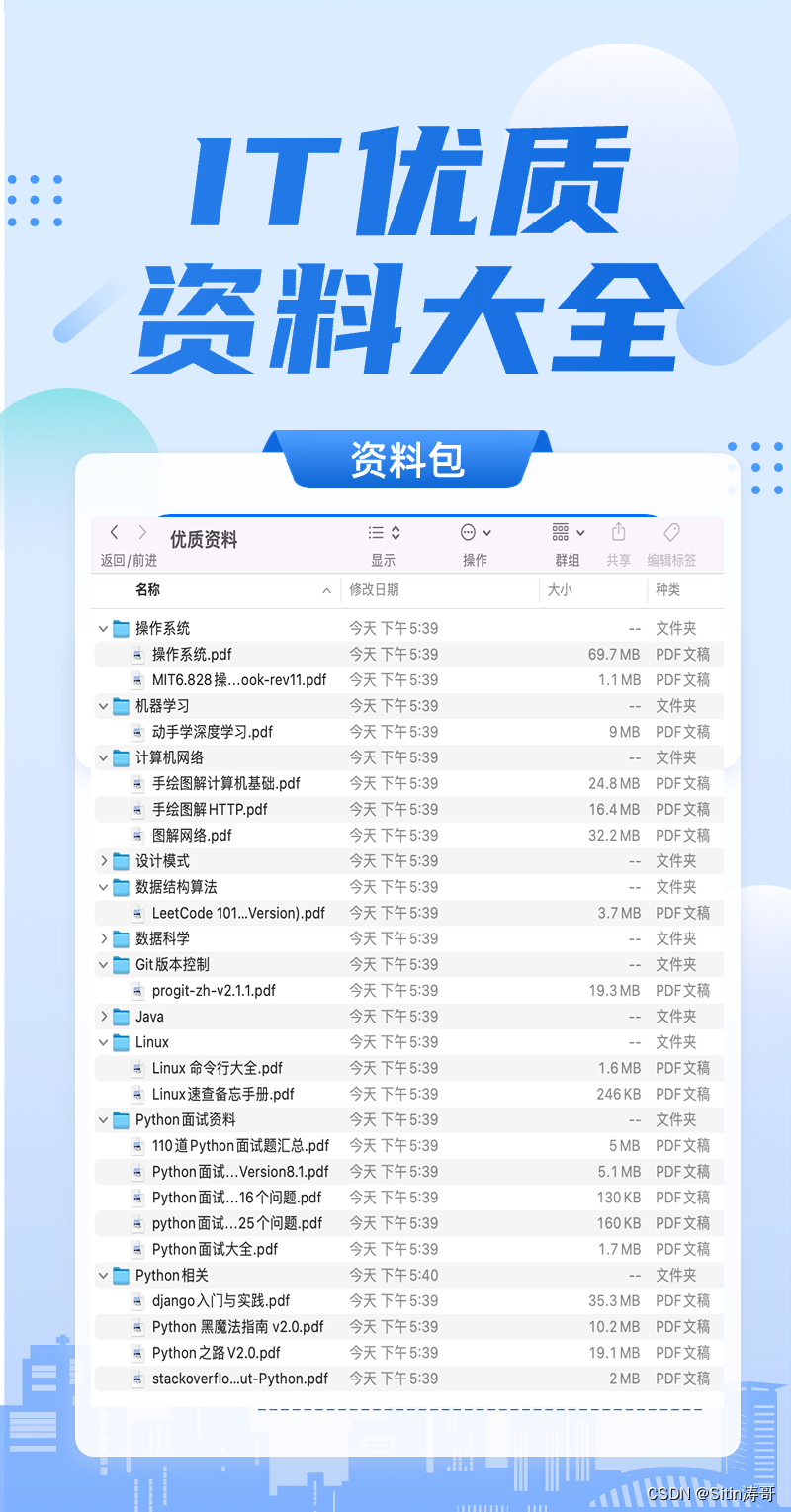背景:
Lombok 这个插件大家日常工作中几乎是必备的,几个简单的注解就可以帮助我们减少一大坨get/set方法等;其中@Builder注解使用的也很广泛,使用了建造者模式帮助我们构建出个性化的对象,本次踩坑点就在这个地方。
先讲一下踩坑的大致流程,在一个需求中需要对接口内部的一个上下文对象 增加一个属性Map,而这个上下文对象在别的接口中也有使用,那就需要兼容其他接口,所以我给这个新增的Map属性增加一个默认值 Map<Object,Object> map = Maps.newHashMap() ,然而还是获取这个属性的时候发生了异常,原因就在当前类上面的@Builder注解,下文会举一个例子具体说明一下。
举例:
package com.shizhuang.duapp.nbinterface.interfaces.facade;
import com.google.common.collect.Maps;
import lombok.Builder;
import lombok.Getter;
import java.util.Map;
@Getter
@Builder
public class CommodityModel {
private String title;
private Long brandId;
private Integer channelCode;
private Map<String,Long> extraInfoMap = Maps.newHashMap();
public static void main(String[] args) {
CommodityModel model = CommodityModel.builder()
.brandId(100L)
.title("NB 新百伦")
.build();
Object price = model.getExtraInfoMap().getOrDefault("price", 100L);
System.out.println("price:" + price);
}
}
问题来了,如上代码直接执行main方法,是否会打印出 "price: 100" ?
答案分割图

嗯哼,答案是大家贼熟悉的 NPE

看到这NPE,肯定是 extraInfoMap 这个属性是Null ,但是我们明明给了一个默认值嘛,为啥子会是Null 呢?答案就在编译后的代码中,如下:(着重关注标记的代码)
//
// Source code recreated from a .class file by IntelliJ IDEA
// (powered by FernFlower decompiler)
//
package com.shizhuang.duapp.nbinterface.interfaces.facade;
import com.google.common.collect.Maps;
import java.util.Map;
public class CommodityModel {
private String title;
private Long brandId;
private Integer channelCode;
private Map<String, Long> extraInfoMap = Maps.newHashMap();
public static void main(String[] args) {
CommodityModel model = builder().brandId(100L).title("NB 新百伦").build();
Object price = model.getExtraInfoMap().getOrDefault("price", 100L);
System.out.println("price:" + price);
}
CommodityModel(String title, Long brandId, Integer channelCode, Map<String, Long> extraInfoMap) {
this.title = title;
this.brandId = brandId;
this.channelCode = channelCode;
this.extraInfoMap = extraInfoMap;
}
//方法1
public static CommodityModelBuilder builder() {
return new CommodityModelBuilder();
}
--- 省略Get方法 ---
public static class CommodityModelBuilder {
private String title;
private Long brandId;
private Integer channelCode;
private Map<String, Long> extraInfoMap;
CommodityModelBuilder() {
}
//方法2
public CommodityModelBuilder title(String title) {
this.title = title;
return this;
}
//方法3
public CommodityModelBuilder brandId(Long brandId) {
this.brandId = brandId;
return this;
}
public CommodityModelBuilder channelCode(Integer channelCode) {
this.channelCode = channelCode;
return this;
}
public CommodityModelBuilder extraInfoMap(Map<String, Long> extraInfoMap) {
this.extraInfoMap = extraInfoMap;
return this;
}
//方法4
public CommodityModel build() {
return new CommodityModel(this.title, this.brandId, this.channelCode, this.extraInfoMap);
}
public String toString() {
return "CommodityModel.CommodityModelBuilder(title=" + this.title + ", brandId=" + this.brandId + ", channelCode=" + this.channelCode + ", extraInfoMap=" + this.extraInfoMap + ")";
}
}
}
Lombok的@Builder 注解在编译期间会帮我们生成一个内部的Builder类,并生成一个创建这个内部builder对象的静态方法(方法1),然后我们的代码是调用了方法1,方法2,方法3和方法4,其中方法4中的this.extraInfoMap 是内部类中的属性并没有默认值,所以build()方法返回的对象extraInfoMap就是一个null;
解决:
在需要默认值的属性上面增加 @Builder.Default 注解
//
// Source code recreated from a .class file by IntelliJ IDEA
// (powered by FernFlower decompiler)
//
package com.shizhuang.duapp.nbinterface.interfaces.facade;
import com.google.common.collect.Maps;
import java.util.Map;
public class CommodityModel {
private String title;
private Long brandId;
private Integer channelCode;
private Map<String, Long> extraInfoMap;
// 方法1
private static Map<String, Long> $default$extraInfoMap() {
return Maps.newHashMap();
}
--- 省略部分代码 ---
public Map<String, Long> getExtraInfoMap() {
return this.extraInfoMap;
}
public static class CommodityModelBuilder {
private String title;
private Long brandId;
private Integer channelCode;
private boolean extraInfoMap$set;
private Map<String, Long> extraInfoMap$value;
CommodityModelBuilder() {
}
public CommodityModelBuilder title(String title) {
this.title = title;
return this;
}
--- 省略部分代码 ---
public CommodityModelBuilder extraInfoMap(Map<String, Long> extraInfoMap) {
this.extraInfoMap$value = extraInfoMap;
// 标记用户已对目标属性赋值处理了
this.extraInfoMap$set = true;
return this;
}
public CommodityModel build() {
// this.extraInfoMap$value 是内部类的属性
Map<String, Long> extraInfoMap$value = this.extraInfoMap$value;
// 用户如果没有操作,则使用方法1为内部类赋值
if (!this.extraInfoMap$set) {
extraInfoMap$value = CommodityModel.$default$extraInfoMap();
}
// 使用内部类的属性创建对象
return new CommodityModel(this.title, this.brandId, this.channelCode, extraInfoMap$value);
}
}
}
此时再看编译后的代码,会发现内部类中有一个属性extraInfoMap$set 会标记用户是否对extraInfoMap属性处理过,没有操作的话就会赋值我们加的默认值 = Maps.newHashMap();
总结:
日常我们业务开发中有很多小的需求,只需要增加一个属性就可以解决,此时就要注意历史逻辑中是否用 Lombok 的 Builder方式创建对象,

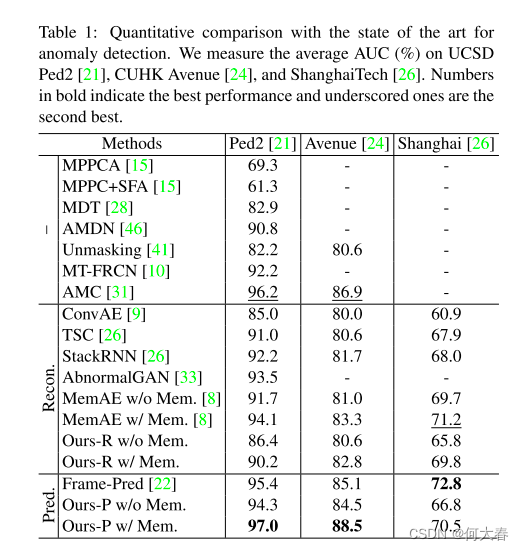

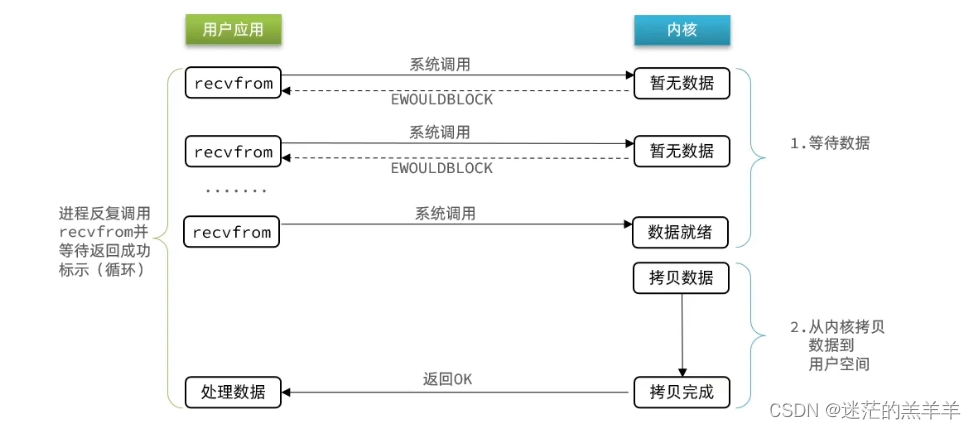
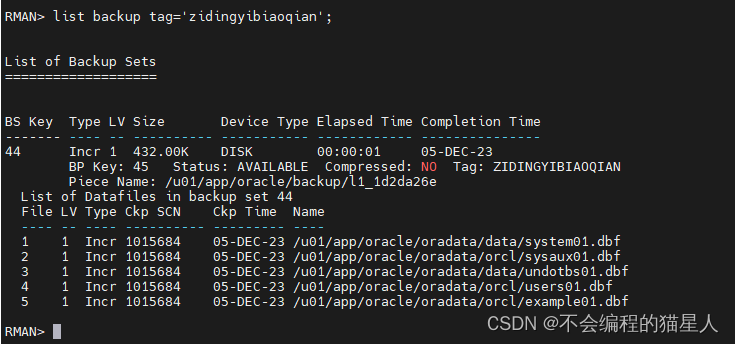

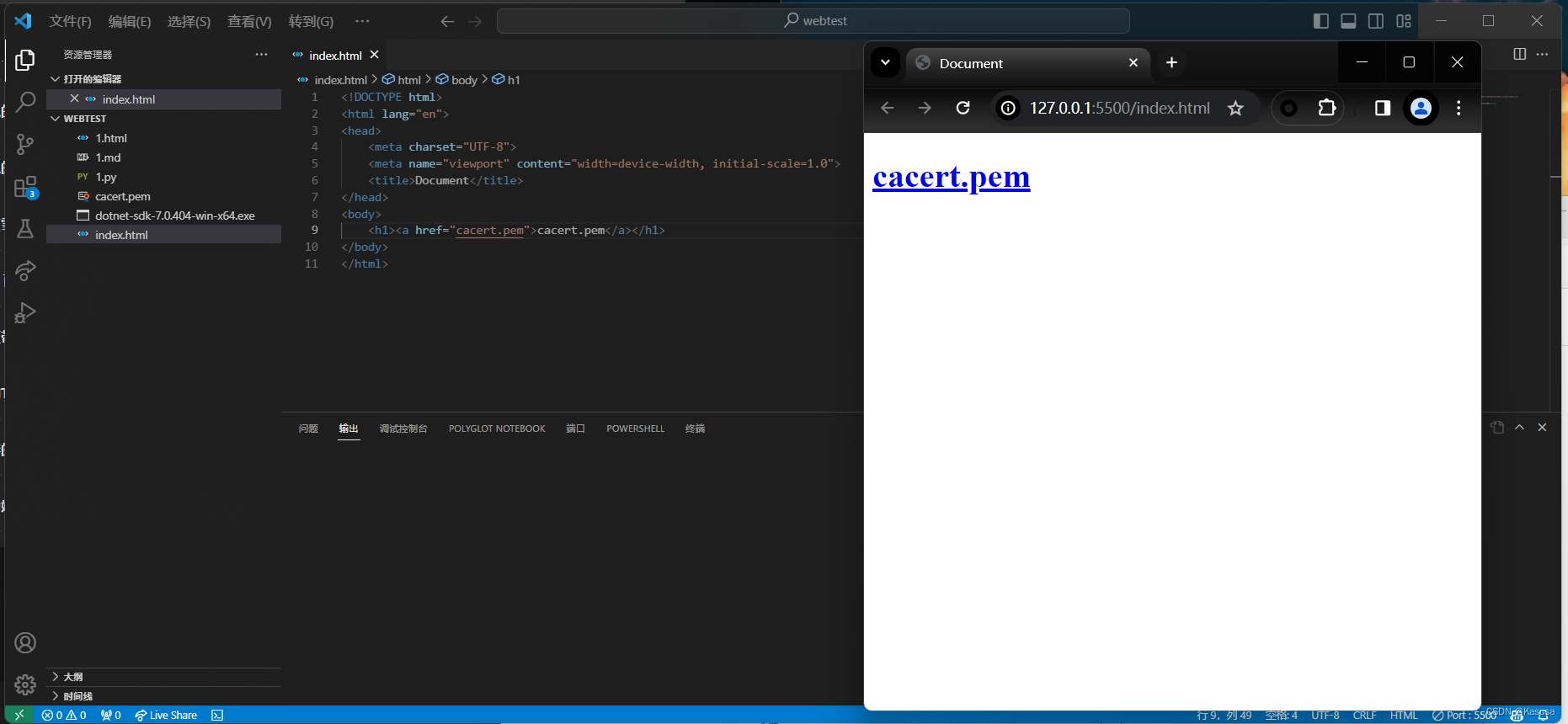
![[Redis]基础入门](https://img-blog.csdnimg.cn/direct/8f152ec4f3c240c4b989f5b2a5f90c44.png)
